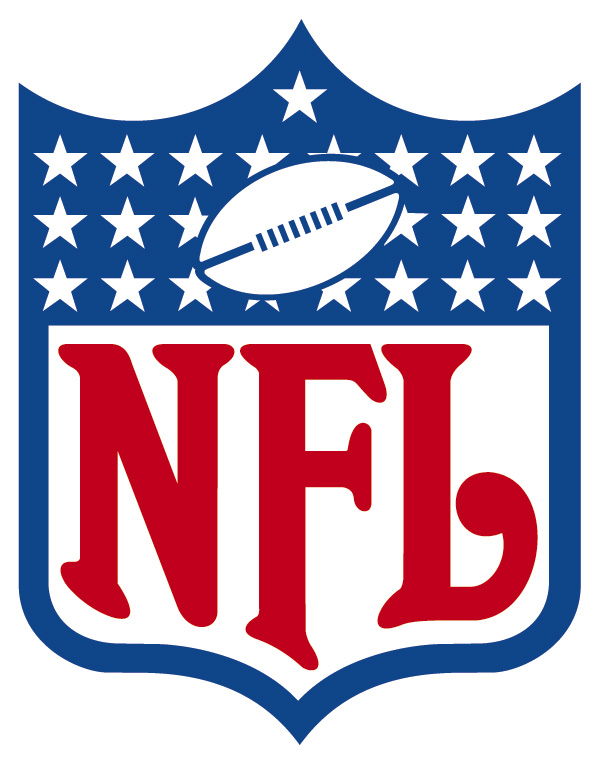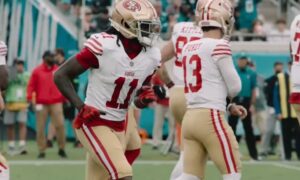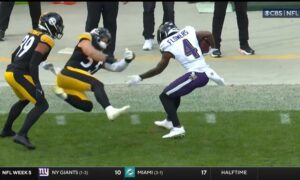The National Football League finds itself in a curious position in the information age. Technology has allowed for the proliferation of information and easy access for all, as well as advancement in resources, both in terms of equipment and education.
This is a pivotal period of time for the league in terms of how it handles concussions—not simply about the way it has dealt with concussions in the past, but how it will continue to address the issue going forward.
Earlier this week, we saw a promising second-year linebacker announce his retirement after citing safety concerns over concussions, saying, poignantly, I might add, “I just don’t want to get in a situation where I’m negotiating my health for money. Who knows how many hits is too many?”
That player was, of course, San Francisco 49ers inside linebacker Chris Borland, who impressed many during his rookie season after being drafted in the third round. He played in 14 games, starting eight, and accumulated 108 tackles, one sack, two interceptions, and four passes defensed.
This was not a situation of a player facing an uncertain future in terms of playing time, let alone employment. Especially not with the 49ers after Patrick Willis also retired earlier this offseason. Borland was likely to be a fixture in that defense for as long as he chose.
He chose just one season, electing to step away from the game he loved so that he could live the rest of his life hopefully free from the debilitating effects of CTE brought on by the head trauma associated with the sport.
Yet at the same time, one of the chief voices on the subject of brain injury in the sport went on record just recently to state that the game is safer now than it has ever been. And that is very likely the truth of the matter. But it’s a bit jarring to think that the game was even more dangerous in the past.
Dr. Joseph Maroon is, in fact, the team neurosurgeon for the Pittsburgh Steelers, and a leading expert in his field, having studied brain health in NFL players for many years. He called CTE rare, and said that more children are injured in other activities such as skateboarding than during youth football activities.
At the same time, Maroon acknowledged that there is more that the game could do to protect its players from suffering brain injuries, not just at the professional level, but all the way down through the youth leagues around the country.
Given the league’s emphasis on altering the rules to protect what they have classified as defenseless players from contact to the head and neck area, it does seem somewhat surprising that there have not been greater and more obvious advancements in terms of equipment technology.
It’s hard to say what the future holds. Could the safety of the game ultimately be its downfall years down the road, or is it here to stay regardless of the consequences? Either way, it should be in the league’s best interests to advance safety technology and protect its players, who are more educated than ever and more willing to make health decisions early on in their careers.








